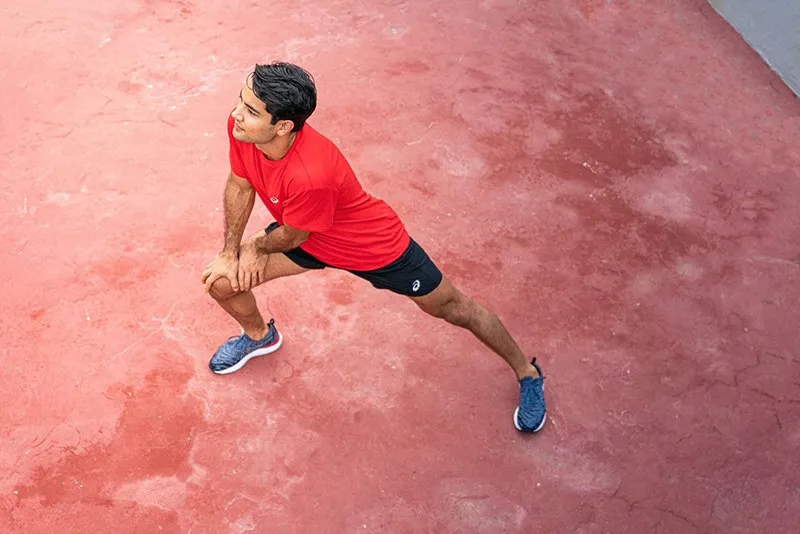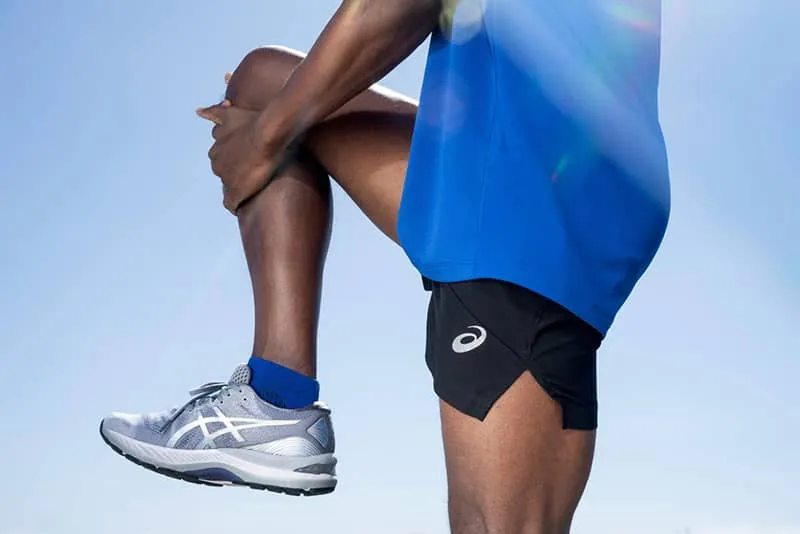
How Are Running and Training Shoes Different?
July 1, 2021
What's the difference between running and training shoes?
Visit any sports store or website and you’ll find yourself faced with a huge selection of footwear to choose from. This can be confusing, and unless you’re armed with some knowledge about the differences between types of sports footwear, it can be very difficult to know how to choose the right pair.
When looking at the dizzying array of shoes out there, you’ll quickly see that many are designed for a specific sport, such as tennis or trail running . However, with other kinds of sports shoes, such as running shoes and gym training shoes, the difference isn’t always so clear. So just what is the difference between running and gym training shoes and how can you go about choosing the right footwear for you?
The difference between running and training shoes
Running and gym training shoes often have a similar shape and some of the same materials can be used in their design, such as mesh uppers and lightweight foam soles. The situation can often be made more confusing in general-purpose sports stores, where running and training shoes can be unhelpfully mixed in together.
At a specialist brand like ASICS, our running shoes are made using the latest systems and technologies that support our customers in the specific act of running. In our book, there is a huge difference between running and training shoes and it’s very important to understand this distinction.
What are training shoes used for?
Training shoes can be thought of as all-purpose gym and fitness shoes . They are well suited for use in exercise classes, doing HIIT sessions or plyometrics workouts, on elliptical machines and also for some types of weightlifting. They’re your dependable all-rounders.
Running shoes, as the name suggests, are designed exclusively for running – be that on pavements, tracks, trails or treadmills. Everything about the way the shoes are built focuses on enhancing and supporting your running movements. Running shoes may sometimes be used for training in the gym and they can do a perfectly good job, but they are at their best when they’re providing the grip, stability and comfort that you need to run.

The difference between running and training shoes
Running and gym training shoes often have a similar shape and some of the same materials can be used in their design, such as mesh uppers and lightweight foam soles. The situation can often be made more confusing in general-purpose sports stores, where running and training shoes can be unhelpfully mixed in together.
At a specialist brand like ASICS, our running shoes are made using the latest systems and technologies that support our customers in the specific act of running. In our book, there is a huge difference between running and training shoes and it’s very important to understand this distinction.
What are training shoes used for?
Training shoes can be thought of as all-purpose gym and fitness shoes. They are well suited for use in exercise classes, doing HIIT sessions or plyometrics workouts, on elliptical machines and also for some types of weightlifting. They’re your dependable all-rounders.
Running shoes, as the name suggests, are designed exclusively for running – be that on pavements, tracks, trails or treadmills. Everything about the way the shoes are built focuses on enhancing and supporting your running movements. Running shoes may sometimes be used for training in the gym and they can do a perfectly good job, but they are at their best when they’re providing the grip, stability and comfort that you need to run.
Differences in the design of running and training shoes
- Cushioning
- Shape
- Weight
- Tread
- Support

Can training shoes be used for running and vice versa?
Just as you wouldn’t use a golf shoe to play basketball, it’s generally a good idea to wear running shoes for running and training shoes for cross training and gym workouts. Wearing the wrong pair of shoes may put you at a greater risk of injury or discomfort.
As an example, if you wear running shoes in an aerobics class, where there’s lots of side-to-side movement, you may find that the high, softer heel means your ankles aren’t supported, increasing your risk of injury. Alternatively, if you’re lifting weights, then a running shoe’s uneven sole could leave you feeling unsteady.
Similarly, running a marathon in training shoes is likely to result in a lot of pain. Your heels won’t receive enough support for the repetitive striking on tarmac and could result in unpleasant injuries, such as plantar fasciitis . You may also find that the soles of training shoes wear away much faster if you take them on long road-running sessions.
That being said, not everyone has the budget for different shoes for every activity, so it’s most important to consider how you plan to primarily use the shoes. If you’ll mainly be road running along with the occasional gym session, then running shoes are the smart choice. If you’ll be in the gym three days a week and go out for a short, weekly run, then training shoes are probably the sensible way to go.
Of course, if you plan on doing both extensive gym and running workouts, it would be a good idea to buy two pairs of shoes – not least because they won’t wear out so fast.


